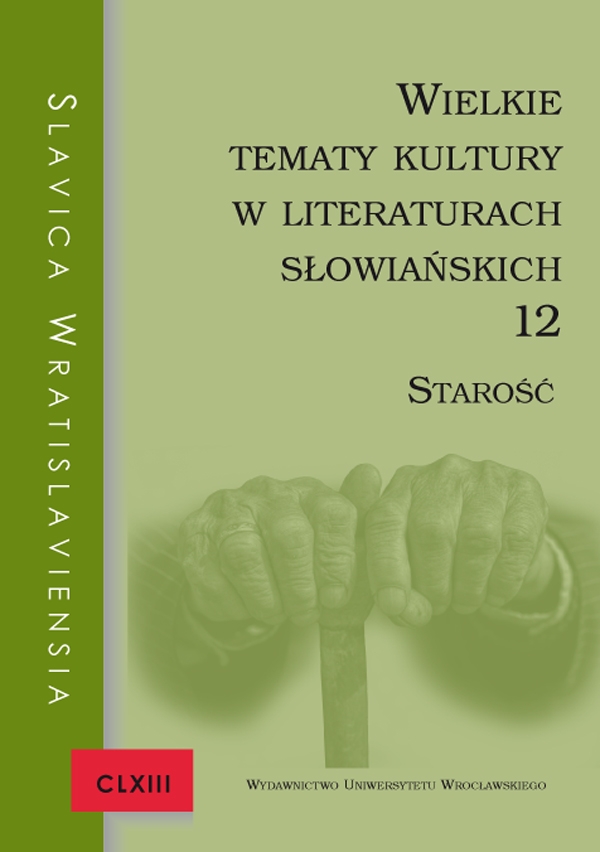

Artykuły

The imagery of old age in Vasyl Symonenko’s poetry
Humanistic pathos in the poetry of Vasyl Symonenko 1935–1962 makes him tackle the phenomenon of old age in a most respectful manner. The image of old age appears in a number of poems in various combinations, also as the main motif — the eternal problem of „fathers-children” Старість or the end of life, intrinsically linked with physical degeneration and death Дід умер. In a series of poems by Symonenko the theme of old age and ageing is not central, but exists parallel to the theme of hard life and tough fate, especially of women Піч, Жорна. Finally, the theme of senescence is present in Symonenko’s poetry along with the image of motherhood, the main theme of his work, identified with Ukraine-the motherland Лебеді материнства, and also treated as a symbol of intergenerational bonds and the continuity of national tradition.
Obraz starości w poezji Wasyla Symonenki
Humanistyczny patos poezji Wasyla Symonenki 1935–1962 sprawia między innymi, iż poeta z wielkim szacunkiem odnosi się do fenomenu starości. Obraz starości pojawia się w wielu jego wierszach, przy czym w różnych kombinacjach, w tym jako motyw przewodni — odwieczny problem „ojcowie–dzieci” Старість czy kres życia, nieodłącznie związany z fizycznym rozpadem, śmiercią Дід умер. W cyklu wierszy Symonenki motyw starości i starzenia się nie należy do centralnych, lecz występuje równolegle z tematem ciężkiego życia, trudnych losów, zwłaszcza kobiet Піч, Жорна. I wreszcie motyw starości obecny jest w poezji Symonenki wpołączeniu z głównym w jego twórczości obrazem macierzyństwa, utożsamianym z Ukrainą-Ojczyzną Лебеді материнства, jak również jako symbol związku pokoleń, ciągłości tradycji narodowych.